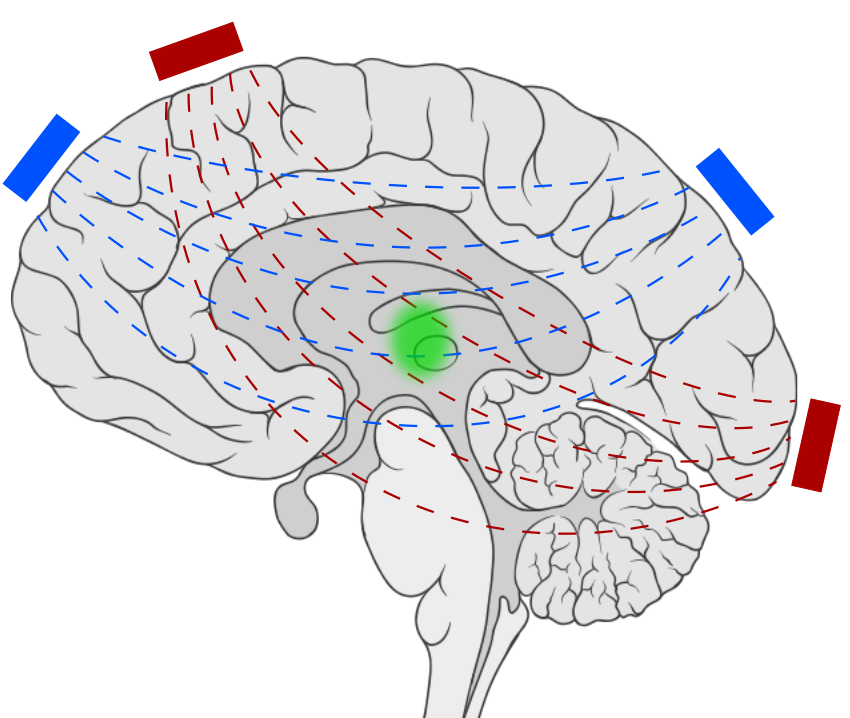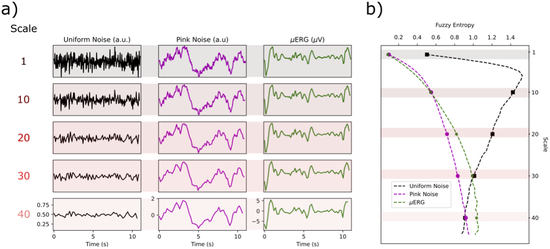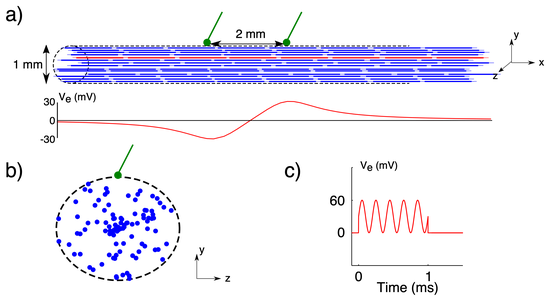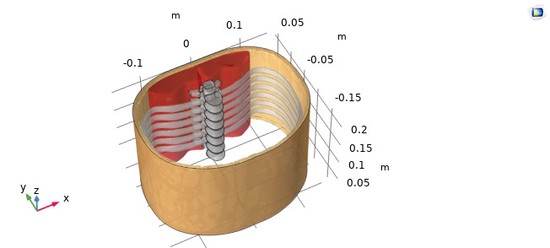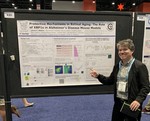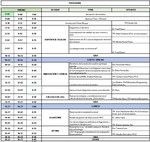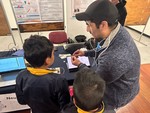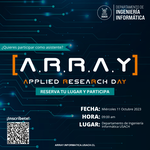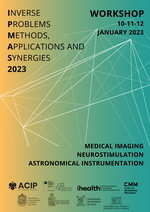NeuroEng@Usach
The goal of the NeuroEngineering Group at Usach is to contribute to the understanding and improvement of electrical neuromodulation therapies by means of computational modeling and engineering techniques. As well, we aim to provide engineering tools and analyses to understand neural system function.
